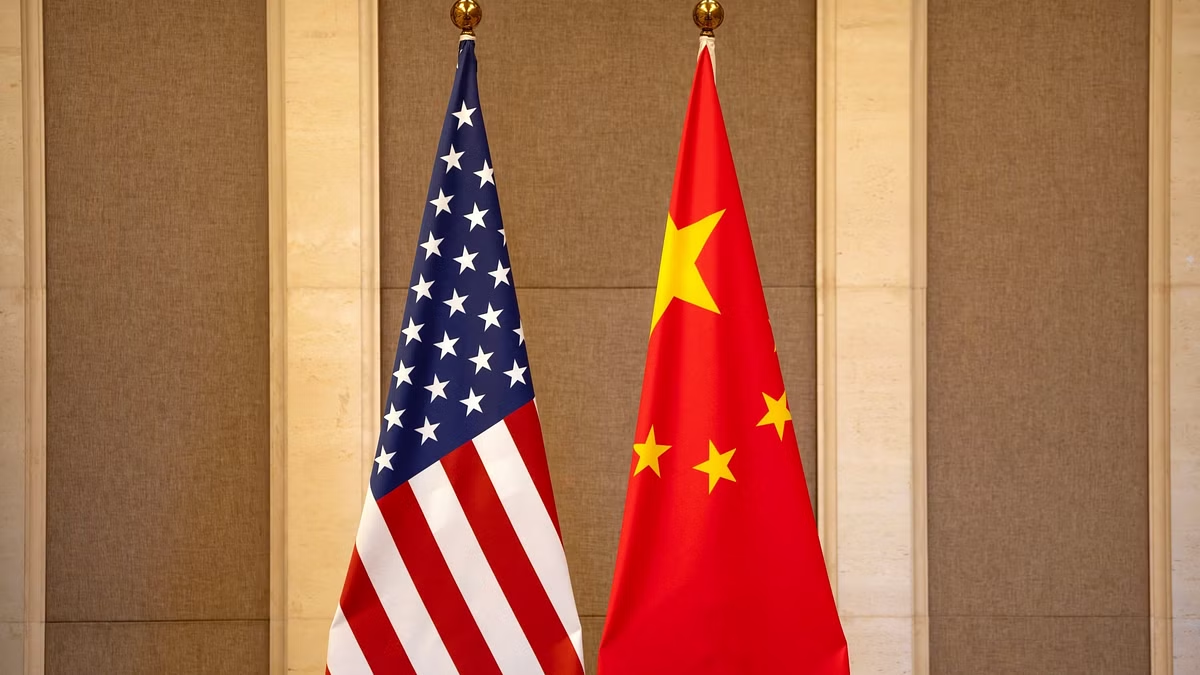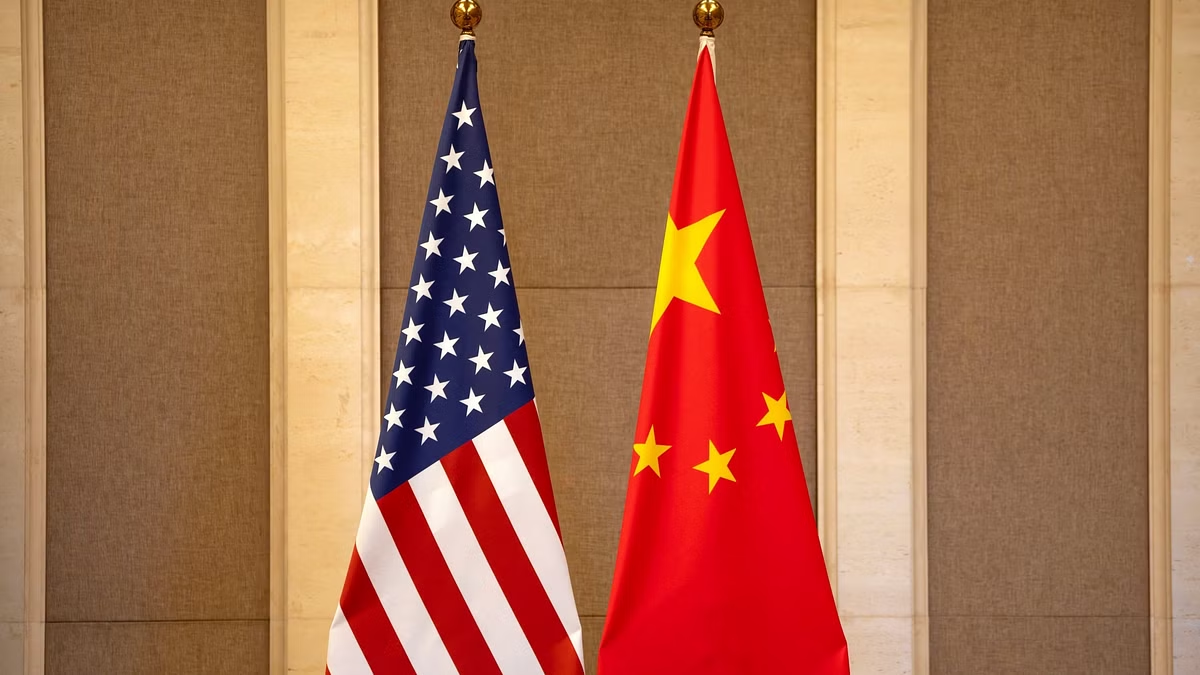A recent report from the Information Technology & Innovation Foundation, a Washington-based nonpartisan research institute, has highlighted that the United States is trailing China by as many as 15 years in the development of advanced nuclear power technology.
The study attributes China’s lead to its state-backed approach and substantial financing, which have given Beijing a significant edge in this critical sector.
China is currently constructing 27 nuclear reactors, with an average construction timeline of about seven years. This pace is considerably faster than that of other countries, according to the report.
The rapid deployment of modern nuclear power plants in China has led to significant scale economies and learning-by-doing effects. This suggests that Chinese enterprises are poised to gain an advantage in incremental innovation within the nuclear sector moving forward.
Despite having the world’s largest fleet of nuclear power plants, the U.S. faces substantial challenges in advancing its nuclear technology. The Biden administration considers nuclear power, which produces virtually emissions-free electricity, to be crucial for curbing climate change.

READ ALSO:
UN Report: World Lagging on Environmental, Health, and Hunger Targets
However, the recent completion of two large nuclear plants in Georgia—billions of dollars over budget and delayed by years—highlights the difficulties faced by the U.S. nuclear industry.
Currently, no new nuclear reactors are under construction in the United States, and a high-tech plant planned for a U.S. laboratory was canceled last year.
China’s progress has been bolstered by the support of state-owned banks, which offer loans at interest rates as low as 1.4%, significantly lower than those available in Western economies.
This financial backing, combined with sustained state support and localization strategies, has enabled China to dominate sectors such as renewable power and electric vehicles (EVs).
In December, the world’s first fourth-generation high-temperature gas-cooled reactor became operational at Shidao Bay in China.
According to the China Nuclear Energy Association, this project involved the development of over 2,200 sets of “world-first equipment” with a localization rate of 93.4% for domestically produced materials.
Proponents of these high-tech reactors argue that they are safer and more efficient than current models, although critics raise concerns about proliferation and material risks associated with some new reactor designs.
Despite its impressive advancements, China’s nuclear industry is not without its challenges. The China Nuclear Energy Association has warned of a severe surplus in nuclear component production, with “excessive competition” driving down prices and causing financial losses.

Stephen Ezell, the author of the report, emphasized that if the U.S. is serious about advancing its nuclear capabilities, it must develop a comprehensive national strategy.
READ ALSO:
This strategy should include increased investment in research and development, the identification and acceleration of promising technologies, and support for developing a skilled workforce.
“While America is behind, it can certainly catch up technologically,” Ezell stated, urging the U.S. to take decisive action to regain its competitive edge in the nuclear power sector.
The U.S. Department of Energy has not yet commented on the findings of the report. However, the urgency of addressing these challenges is clear, as advanced nuclear technology is poised to play a critical role in achieving global climate goals and ensuring sustainable energy for the future.
Discover more from Cine critique
Subscribe to get the latest posts sent to your email.

